Unlike some of its peers, The Forest – the survival horror from Canadian-based studio Endnight games – delivered on not just the popular gather-and-craft survival game format, but also added a surprisingly complex (and equally bananas) story featuring cannibals and mutants. With the immediate arrival of its long-awaited sequel, Sons of the Forest, comes not only the pressure to top the beloved experience of the original, but also to add some new and increasingly wild surprises. And, based on the five hours I’ve played so far, I’m not only excited about the sequel’s potential, but also confident that Endnight could revolutionise the survival genre.
The Forest began with a simple premise; you crash-landed on a mysterious peninsula and began your quest to survive at all costs. There was also the optional objective of finding your kidnapped son, a task that would take you down a wild and disturbing narrative rabbit hole populated by flesh-hungry mutants. Sons of the Forest largely shares the same set-up, substituting your son for a missing billionaire. It’s a basic idea, but one that allows you to jump straight into the action, allowing players who have no intention of progressing the rescue mission to solely focus on building their very own lakeside resort with some friends right away.
Just like its predecessor, you can play, build, and cause chaos with seven of your friends in co-op. But you can still see everything Sons of the Forest has to offer in single-player. The big difference this time, though, is that even if you play solo, you’re not alone. Enter Kalvin.
Not only will Kalvin somewhat provide company for solo players, but he puts a significant dent in the busy work of survival games.At the very start of Sons of the Forest, you’re introduced to Kalvin, an elite soldier who not only survived the helicopter crash that stranded you on the island but is also very much along for the survival ride as an AI companion. While Kalvin has suffered some major head trauma that’s left him unable to speak, his injuries have not – surprisingly – prevented him from being extremely helpful. In an apparent effort to replicate the multiplayer experience for solo players, Kalvin will follow you around and respond to commands issued via a bunch of handy quick selects options on a notepad. He’ll take orders to see out your less-than-desirable busy work, such as chopping down trees and gathering logs.
During my hands-on, the value of having an AI companion was immediately noticeable. There was a huge benefit to sending Kalvin off to find resources while my co-op partner and I focused on designing our structure. I’d regularly turn around to find a fresh pile of logs at our disposal, with Kalvin already on his merry way to collect more. Not only will Kalvin somewhat provide company for solo players, but he offers helpful, time-saving resources even when in a group, putting a significant dent in the busy work of survival games. This affords more time to either sculpt a masterpiece, or plough forward on the cannibal killing quest.
Kalvin has a mind of his own though, at least to some degree. He sits down to rest when he gets tired and seeks water when he’s thirsty. He’ll also become upset if you treat him poorly, which makes him less productive and thus decreases his value as a companion. And if you decide you’re not interested in having a worker bee along for the ride, you have the option to disable Kalvin in the most realistic way possible: shoot him in the head and you’ll remove him from your session, permanently.
You’re limited to one Kalvin per multiplayer session, so the dream of a legion of Kalvins can’t be fulfilled, but the developers assured me there are other companions you can find as you progress, each with their own unique AI. During my playtime, I caught a glimpse of Virginia, a mutant with three arms and three legs. She quickly scarpered once I approached her and definitely had a more skittish sensibility than Kalvin, but the developers told me that she can eventually be recruited and will become attached to you over time should you be kind to her. They compared her instincts to that of an elusive and independent cat, which stands in opposition to Kalvin’s loveable and obedient dog.
I saw enemies consoling their fallen friends, changing their clothes depending on weather conditions, and even trying to destroy my newly erected home when my back was turned.The AI improvements aren’t limited to just companions though. On our expeditions we came across several groups of enemies, ranging from clusters of cannibals to mobs of monstrosities, each demonstrating their own impressive decision-making abilities. It felt like my enemies were thinking and making active decisions based on not only my actions but also their situation and environment. Particularly in first-person horror games, enemies generally have two modes of behaviour: patrol and attack. But in Sons of the Forest, some foes would be extremely wary and interested in just watching what I do, while others would charge in aggressively, only to back down when things didn’t go their way. I saw enemies consoling their fallen friends, changing their clothes depending on weather conditions, and even trying to destroy my newly erected home when my back was turned. It was clear to see that the enemies’ “brains” were not only following coded rules but also adapting their thoughts based on external influences. The developers explained to me that certain enemies with leadership qualities can influence the decisions of others, even promoting ideas in their ranks like religion, and that each individual has their own tastes, desires, and proclivities.
From my small taste of Sons of the Forest, I didn’t really get a sense of how deep this system is and how much it’ll affect your experience. But the teases I saw filled my mind with dozens of possibilities. I saw enemies adapting to changes in their ecosystem and weather conditions (which now cycle through seasons that change as you progress). I even accidentally triggered a war after I stupidly opened the entrance to the game’s complex underground cave network and released a faction of mutants into the domain of another tribe. My simple decision caused their living space to change and encouraging them to adjust their focus. And after that little taste of chaos, I can’t wait to see how flexible this system can be.
As you’d expect, the titular forest makes a return and looks better than ever. From the complex density of foliage to gorgeous rainfall and beautifully lit cave stalactites (amongst the hanging corpses and mutant foetuses), the graphical power on show here rivals the majority of triple-A releases. It was a joy to explore without even the slightest hint of repetition in its design. And with the tease of bunkers, villages, and god knows what else in a world that’s promised to be four times larger than the original, I can easily see myself getting lost and then sidetracked in the wilderness for hours on end.
Each structural point presents not only a decision but an opportunity for expression.But at its core, Sons of the Forest is a survival game. And so when you’re not exploring, there’s a good chance you’re building. The construction tools have been significantly overhauled for the sequel. Gone are the floating, blue ghost building blocks replaced by a user-friendly, realistic presentation of wilderness carpentry. Instructions are more literal and actions are contextual. Instead of just loading resources into a ghost version of the final product, you’re now free to (with magnetic, snapping assistance) manually place logs and sticks in the direction you like, allowing for complete customization of your structures instead of following a pre-determined design. My partner, Kalvin and I immediately set to work on building a lakeside domicile of our own, and what began as a traditional design immediately blossomed when we realised the only limitation was our imagination. You’re working on every placement by hand and thus each structural point presents not only a decision but an opportunity for expression. I was informed that the option of more traditional, blueprint builds is still there for the purists, but I found the DIY construction far more appealing than the IKEA approach.
Then, of course, there’s the optional story to follow. From the teases in the trailer this is implied to be bigger and perhaps even crazier than the original’s, and hopefully continues directly on from The Forest’s cliffhanger. But amongst the time spent constructing and fighting off hordes of cannibals, I didn’t really get a sense of how the story was going to go beyond the initial premise. It did feel very familiar to the story of The Forest, though, which I guess makes sense in terms of dropping players right into the action, but I’d be lying if I said I don’t have concerns that it could potentially be a retread of old ground. My hope is this simply serves as a jumping-off point to go in some truly crazy directions and that it develops a narrative throughline from the first game that still feels cohesive, but time will tell once I get my hands on the full game and manage to pull myself away from building a replica of the Ewok village and destroying the lives of the unsuspecting locals.
Sons of the Forest appears to evolve and build on every aspect of its predecessor with a focused goal of realism and developing a flexible ecosystem, and it feels like the building blocks are there to create something truly special. But its killer feature is the addition of impressively sophisticated and smarter AI enemies and companions that could not only provide a huge leap forward for the series, but the survival game genre as a whole.
Dale Driver is IGN’s UK Video Lead and spent an uncomfortable amount of time building rustic gazebos and eating his enemies in The Forest. Follow Dale on Twitter.
 Elden Ring with both a dance mat and a controller. That’s two instances of Elden Ring at once, to be clear, with Mikaa slaying the final boss on a PS5 with a controller mere moments before killing his counterpart on a PC hooked up to a dance mat. Two old rings, coming right up.
Elden Ring with both a dance mat and a controller. That’s two instances of Elden Ring at once, to be clear, with Mikaa slaying the final boss on a PS5 with a controller mere moments before killing his counterpart on a PC hooked up to a dance mat. Two old rings, coming right up. Elden Ring with both a dance mat and a controller. That’s two instances of Elden Ring at once, to be clear, with Mikaa slaying the final boss on a PS5 with a controller mere moments before killing his counterpart on a PC hooked up to a dance mat. Two old rings, coming right up.
Elden Ring with both a dance mat and a controller. That’s two instances of Elden Ring at once, to be clear, with Mikaa slaying the final boss on a PS5 with a controller mere moments before killing his counterpart on a PC hooked up to a dance mat. Two old rings, coming right up.
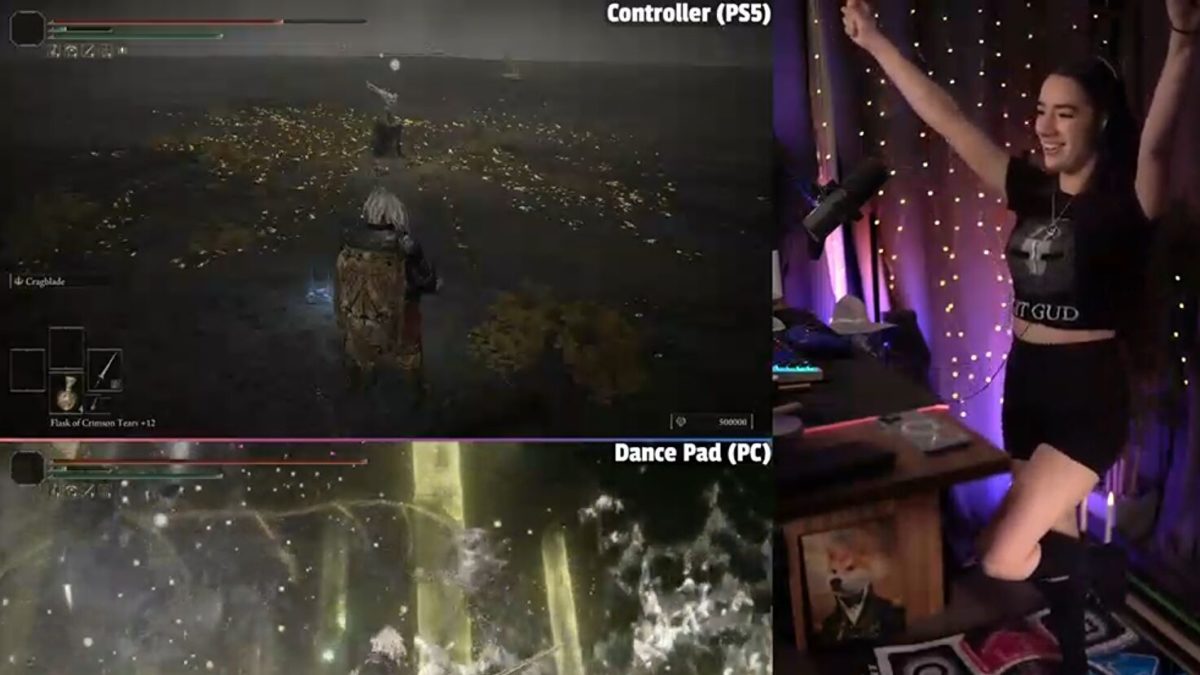
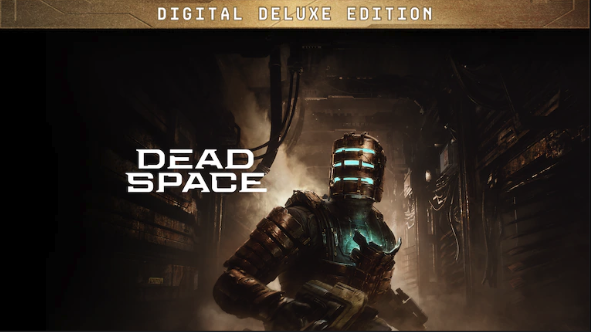


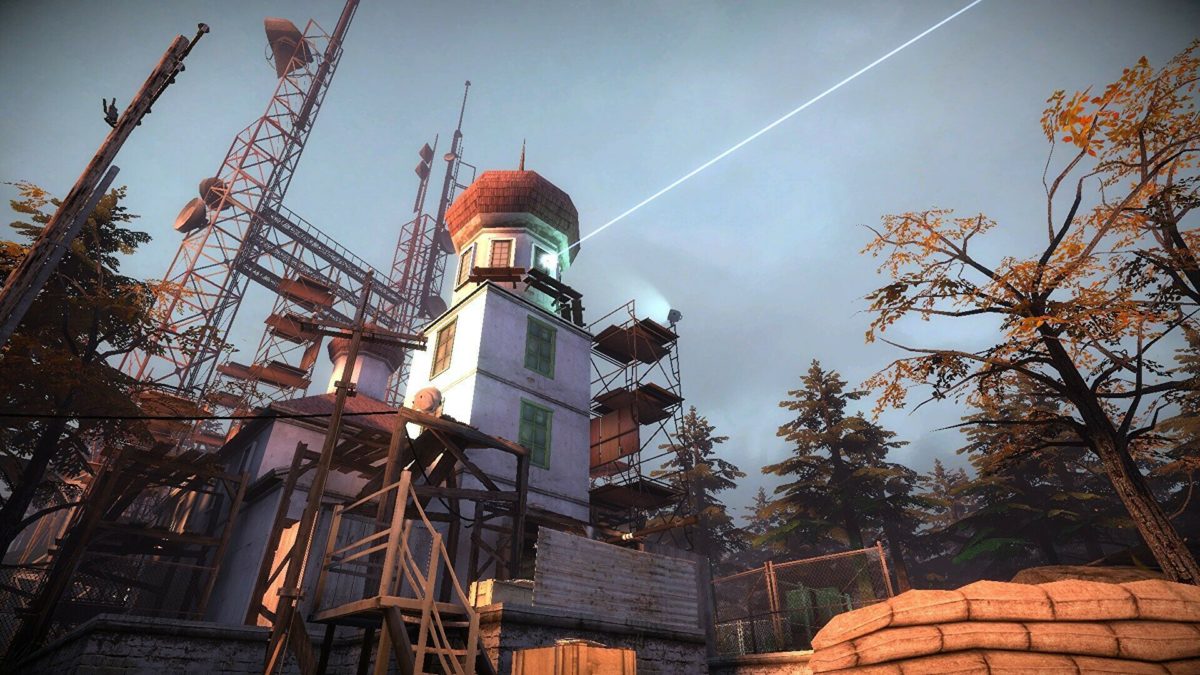
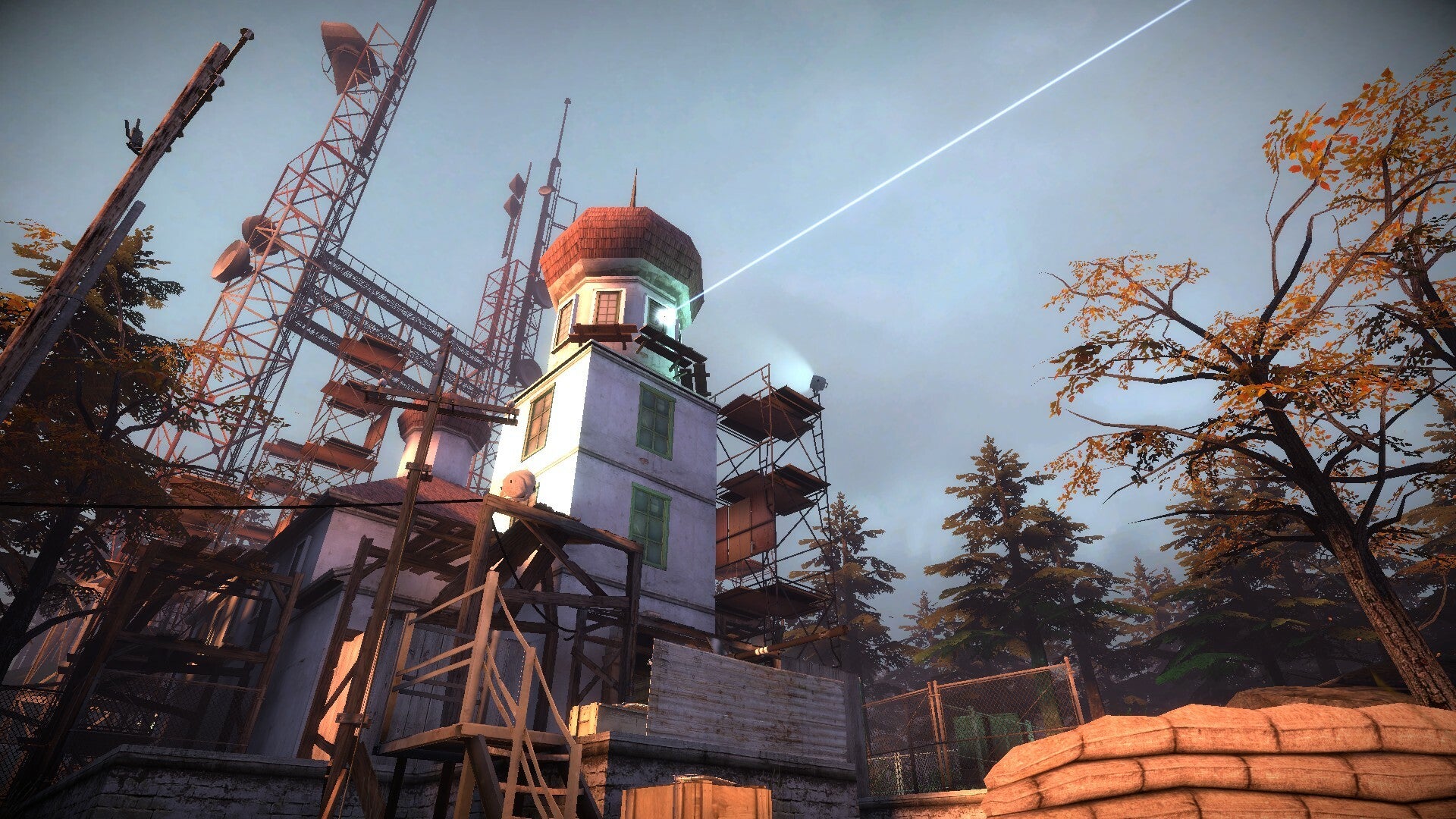 Half-Life 2 mod Evacuation. There are zombies, too. Maybe today was not the best day to go down to the woods.
Half-Life 2 mod Evacuation. There are zombies, too. Maybe today was not the best day to go down to the woods.



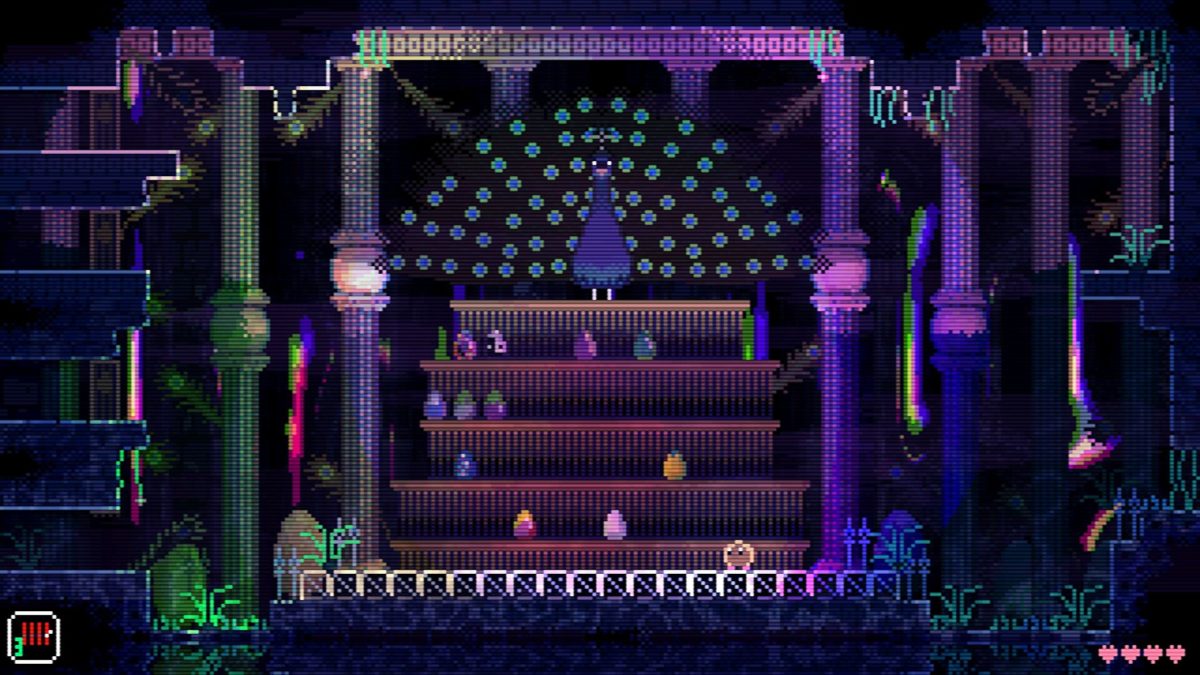
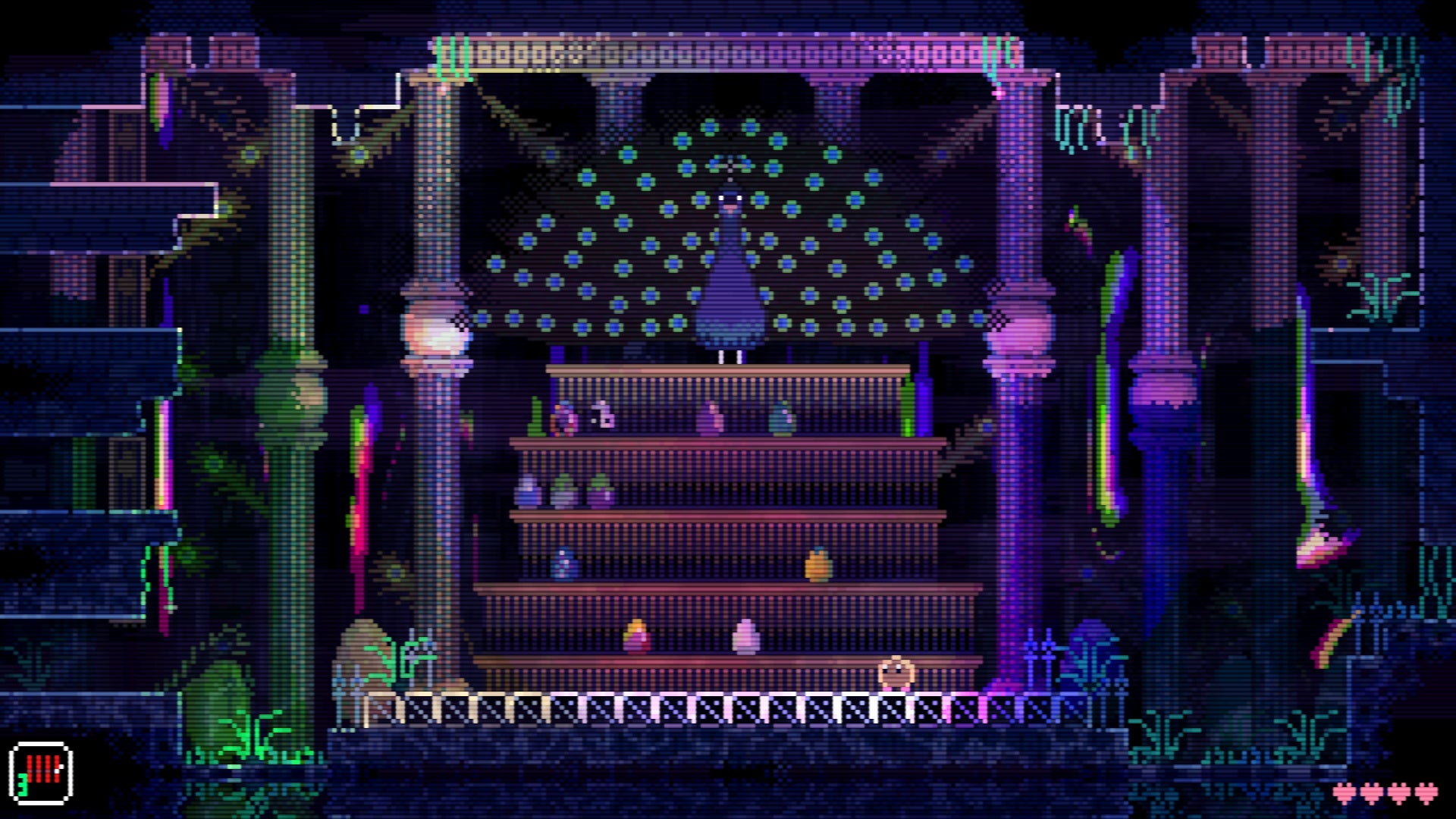 Animal Well has been picked up by Bigmode, the indie publishing company set up last year by YouTuber Videogamedunkey. The Metroidvania is being developed by Shared Memories, another name for solo dev Billy Basso. Basso is crafting a multi-layered puzzle horror platformer that he hopes will keep people playing the game for years, and collaborating to solve its mysteries. You can see a bit more of what to expect from Animal Well in the preview video below.
Animal Well has been picked up by Bigmode, the indie publishing company set up last year by YouTuber Videogamedunkey. The Metroidvania is being developed by Shared Memories, another name for solo dev Billy Basso. Basso is crafting a multi-layered puzzle horror platformer that he hopes will keep people playing the game for years, and collaborating to solve its mysteries. You can see a bit more of what to expect from Animal Well in the preview video below.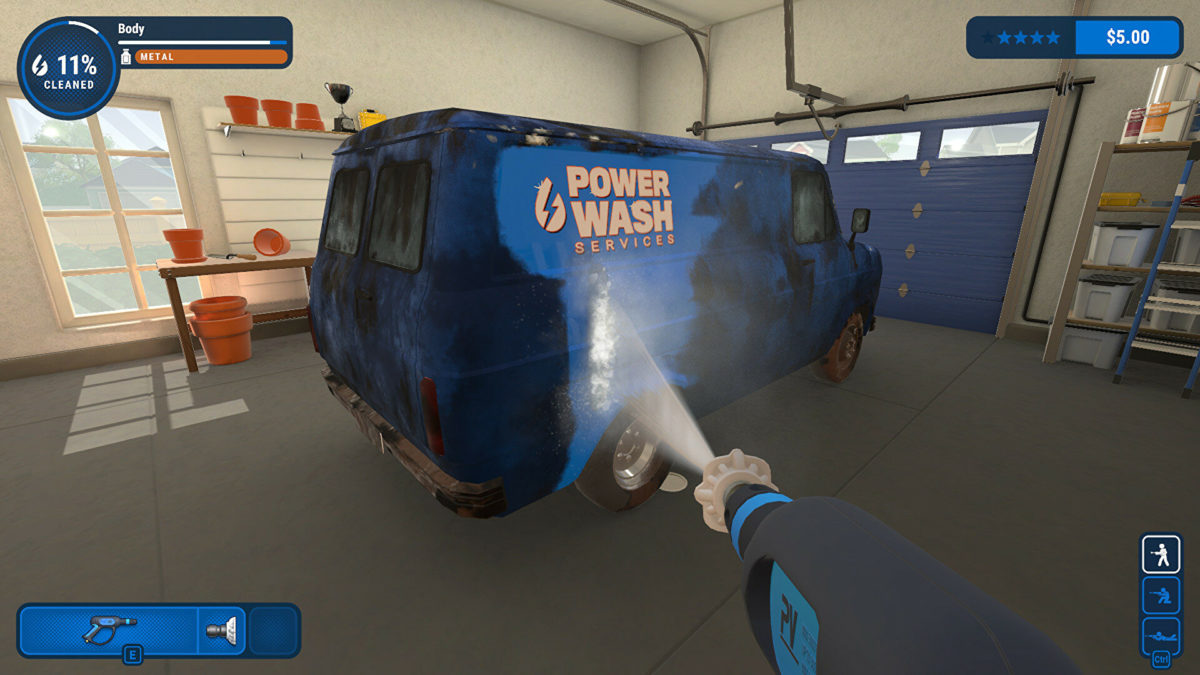
 PowerWash Simulator like
PowerWash Simulator like 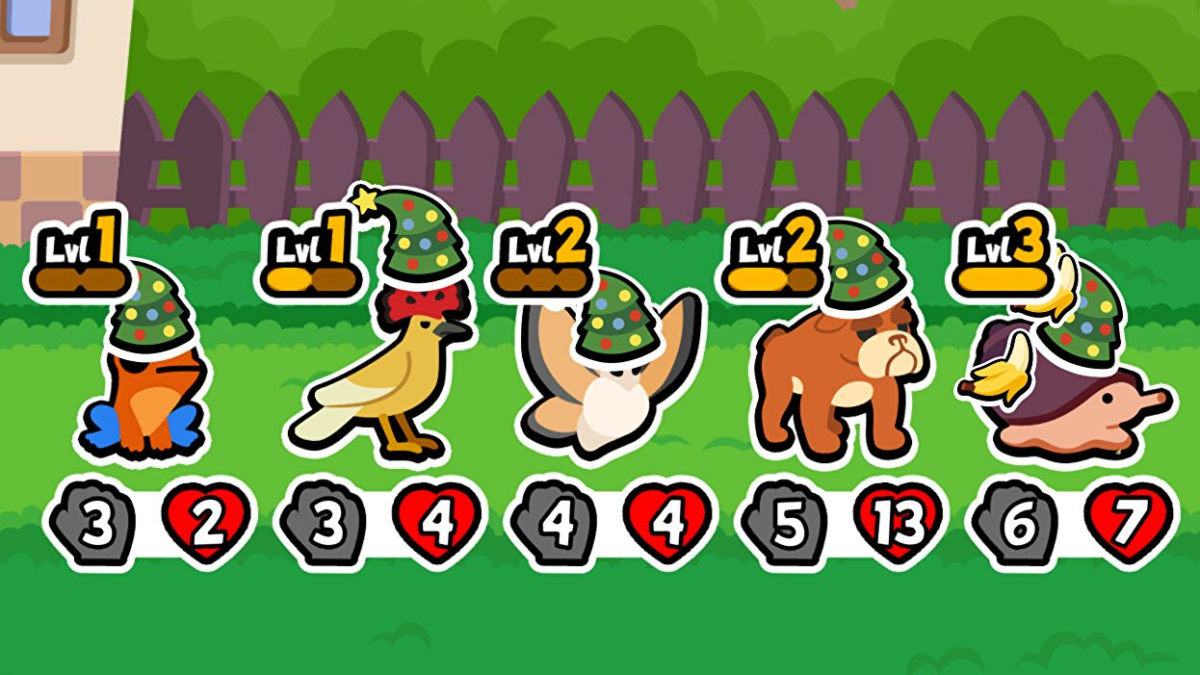
 Super Auto Pets. A round or two at my PC at lunch, a couple battles on my phone on the sofa after work, maybe a bash on the bus if I’ve nothing interesting to read. Lovely game. Now it’s all fresh and confusing again with the launch of its latest paid expansion today, adding a whole new lineup of pets to recruit. This here Golden Pack is another pleasant escalation of complexity across the game’s life, a pack for professional petpeople.
Super Auto Pets. A round or two at my PC at lunch, a couple battles on my phone on the sofa after work, maybe a bash on the bus if I’ve nothing interesting to read. Lovely game. Now it’s all fresh and confusing again with the launch of its latest paid expansion today, adding a whole new lineup of pets to recruit. This here Golden Pack is another pleasant escalation of complexity across the game’s life, a pack for professional petpeople.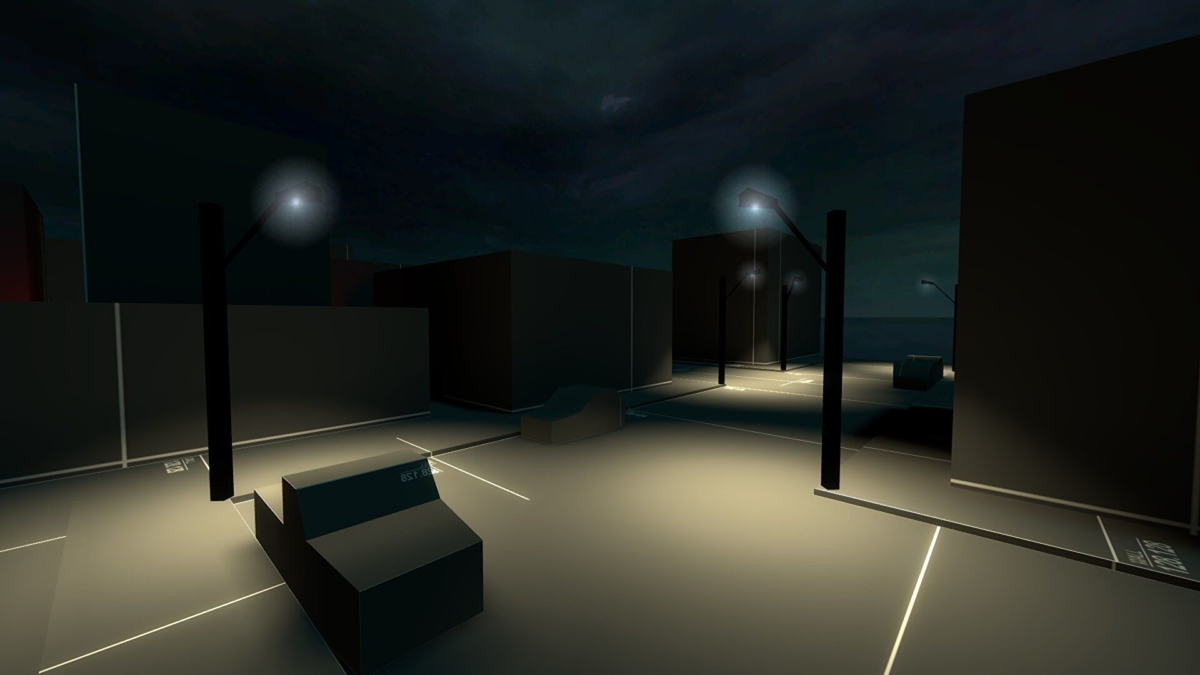
 Left 4 Dead. Mod developer WolfCl0ck has made some adjustments to the map, called Zombie_City, and uploaded it online for people to play. WolfCl0ck claims this map is related to the prototype of Left 4 Dead, back when Turtle Rock was calling the project Terror Strike. You can watch the Zombie City mod in action below.
Left 4 Dead. Mod developer WolfCl0ck has made some adjustments to the map, called Zombie_City, and uploaded it online for people to play. WolfCl0ck claims this map is related to the prototype of Left 4 Dead, back when Turtle Rock was calling the project Terror Strike. You can watch the Zombie City mod in action below.